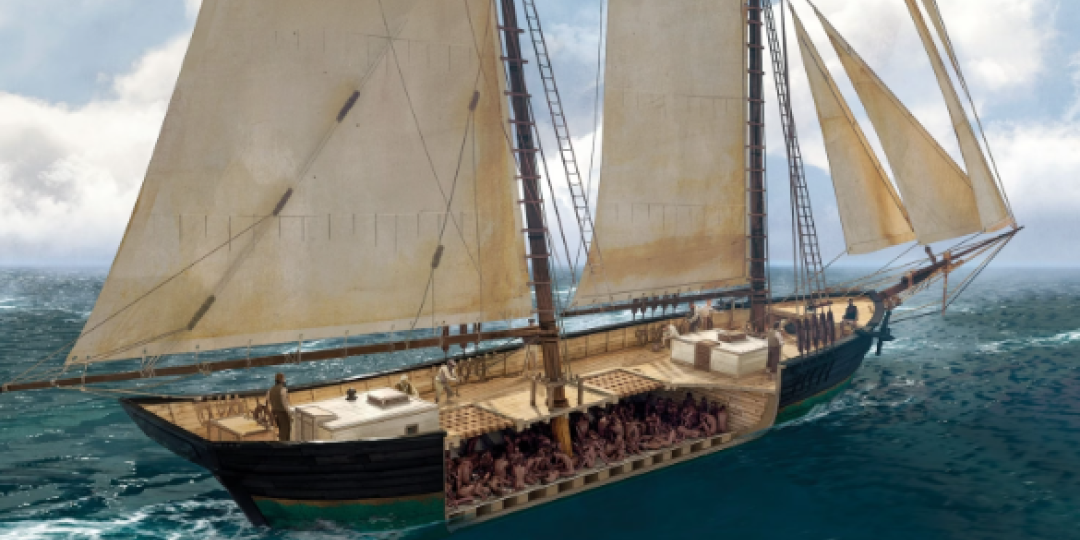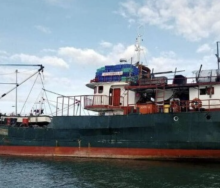Archaeologists and historians find themselves at an impasse regarding the fate of the Clotilda, the last known slave ship to arrive in the United States.
The vessel, which was deliberately sunk in 1860 after smuggling 110 enslaved Africans, was rediscovered in the Mobile River in Alabama in 2019.
Despite considerations to refloat the two-masted schooner, a comprehensive 500-page report has concluded that the wreck has deteriorated and corroded too much for removal.
Significant damage has occurred due to corrosion, wood degradation, vandalism, and adverse weather conditions.
The report suggests that leaving the ship submerged represents the most "scientifically sound and least harmful" approach.
This view is supported by a task force led by the Alabama Historical Commission, which proposes covering exposed sections of the wreck with sediment to create a near-zero oxygen environment, thereby preserving what remains.
The Clotilda Descendants Association has voiced concerns that proposals to raise the ship detract from the "truly significant story" of the survivors and the "horrific crime" that took place.
They argue that the focus should remain on the legacy of those who suffered rather than on the physical remains of the ship itself.
However, some experts advocate for the excavation of the wreck, asserting that it still possesses considerable archaeological integrity despite its deterioration.
They believe that raising the Clotilda could yield valuable insights into the transatlantic slave trade and the experiences of the enslaved Africans aboard the ship.
Furthermore, proponents argue that the wreck could serve as a poignant memorial and educational tool, highlighting the history of slavery in the United States.
As the debate continues, the prevailing consensus among archaeologists and historians leans towards leaving the Clotilda wreck submerged.
This approach aims to honour the memory of those affected by the transatlantic slave trade while mitigating the risks associated with excavation.
The Clotilda was bringing enslaved Africans from Ouidah, a port city in present-day Benin, when it was sunk.
The ship set sail in March 1860 and arrived in Ouidah approximately ten weeks later, where it purchased 110 individuals from representatives of the kingdom of Dahomey.
The Clotilda then returned to the United States, docking clandestinely in Mobile Bay in July 1860 before being deliberately scuttled to conceal the illegal transport of human cargo the year before the outbreak of the American Civil War.
Although slavery was still in place at the time the Clotilda was scuttled, the importation of more slaves had been declared illegal.


These images, courtesy of the Smithsonian Institute and CNN, show the current location of the wreckage, where researchers are still busy with archaeological work.













